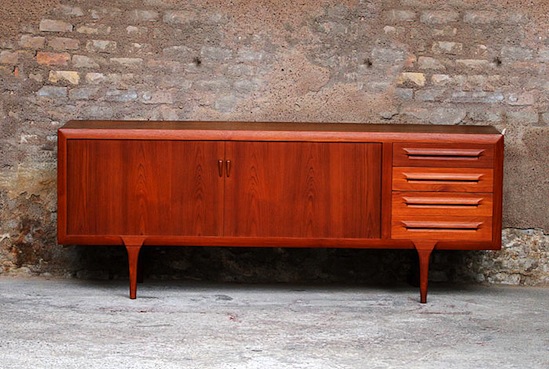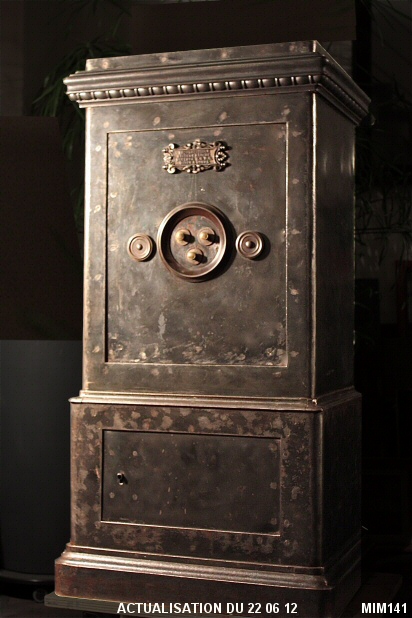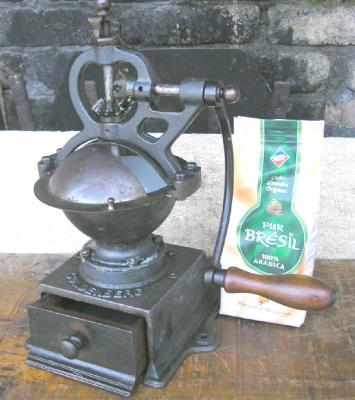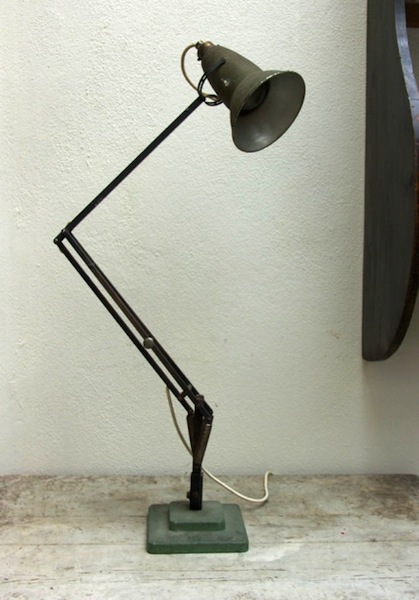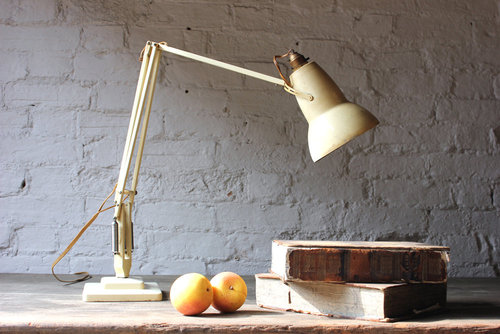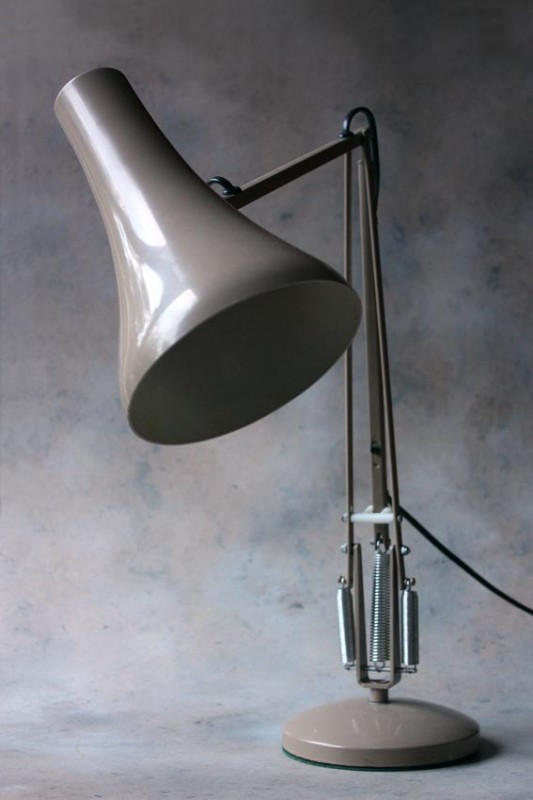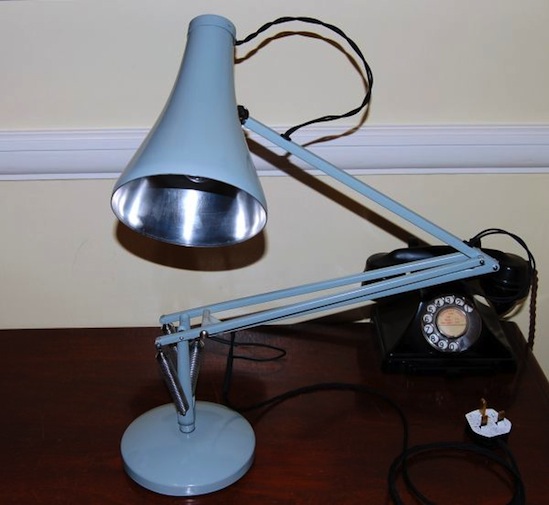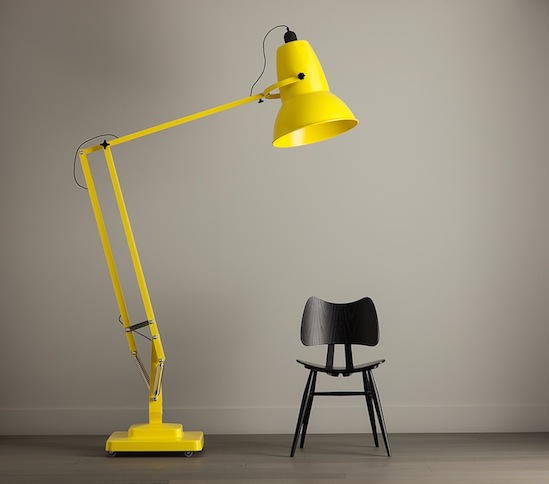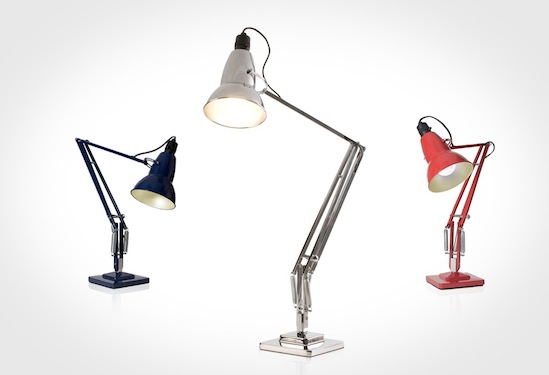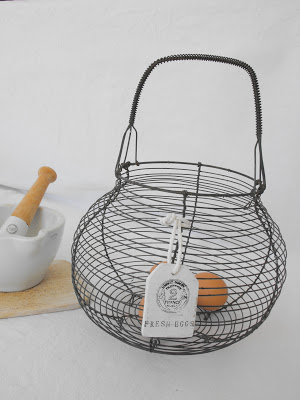We owe the Scandinavian design a lot of “Chef d’Oeuvre”, masterpieces of design history; most of them are now vintage furniture pieces. The Scandinavians have created a style, warm and sober, to fit in any interior. Some produced in high series were quite cheap, and others signed could be really expensive, but you could always find one for yourself.
For the house fitting as well as for the society issues, the North countries had always been beforehand. The proof? Since the 20’s, the Finn architect and designer Alvar Aalto puts into practice the concept of “beauty for all” and tries to offer to the largest number of people some furniture with a design close to nature, appeasing and comfortable. Alvar Aalto is one of the pioneers of the waisted plywood, which offers sinuous forms, used on the famous “Paimio” chair(c. 1929), produced by Artek. Here is an indication to make the difference between the Finn design and its cousin the Danish design: all Danish furniture has more geometrical lines than the Finn one. The wood is a constant of the Scandinavian design, quite as the search for an uncluttered drawing, which makes it timeless and easy to fit in any interior. From where its success!
The most looking for Scandinavian production is the one from 1950 till 1970, is nevertheless far from being uniform. The Danish Arne Jacobsen became a celebrity in 1952 for its famous Ant chair; it is very appreciated for its qualities of resistance and its joyful shape. Since 1955 are following a mass of declensions of it like the 7 series with a changing back. The talented Jacobsen has designed another masterpiece: the Egg Chair,

